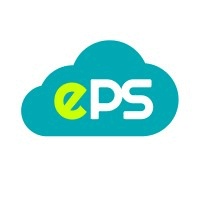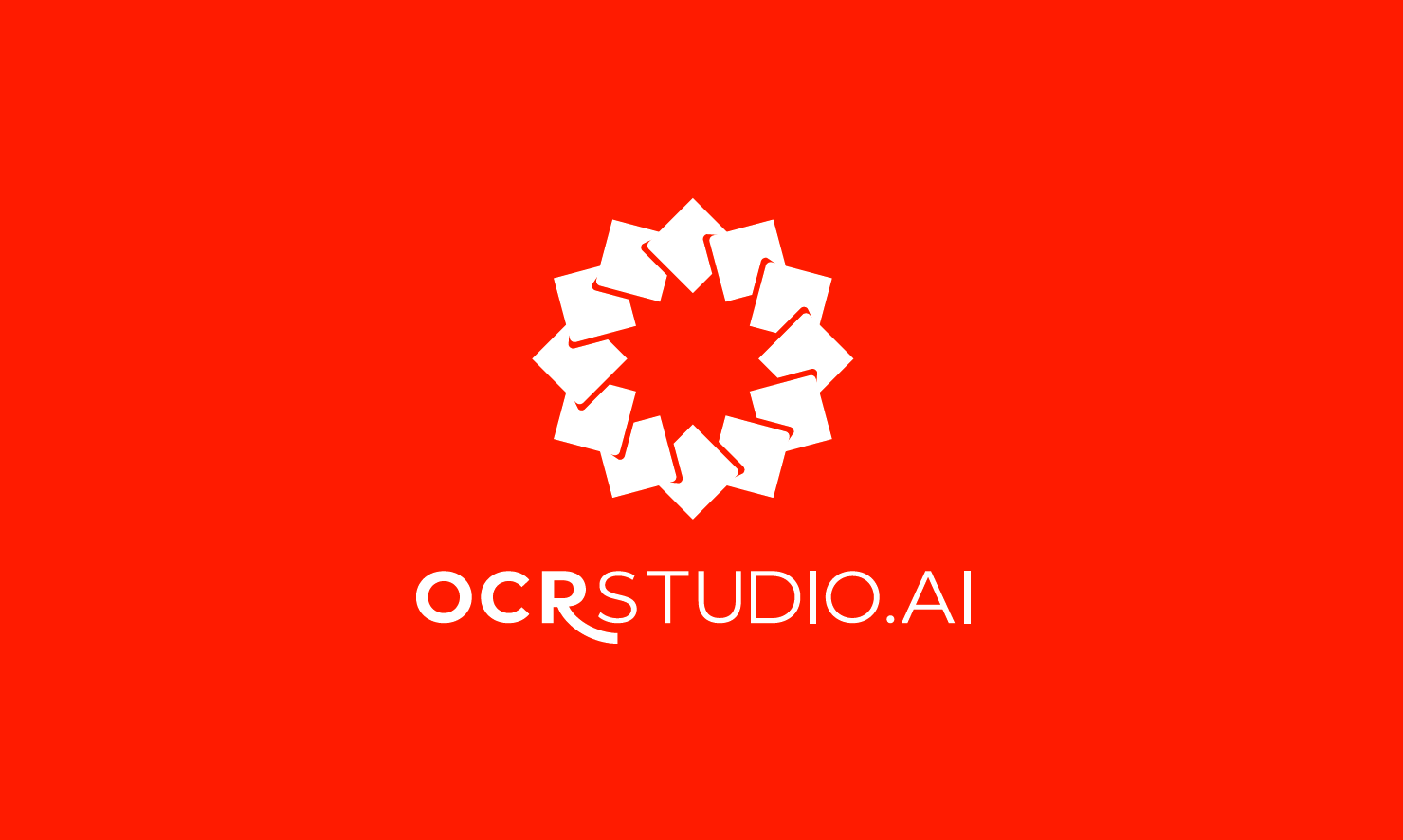What Is Payment Processing Software?
In today's digital world, payment processing software is an important tool for organizations of all kinds and types. This program makes it easy to take online payments from customers using a variety of payment methods, such as credit and debit cards, online bank transfers, and e-wallets. It connects the customer's selected payment method to the merchant's bank account, making sure that transactions are safe and go off without a hitch.
One of the best things about payment processing software is that it can speed up and simplify the process of processing payments. Businesses may get paid by clients in real time with this software, which lowers the chance of mistakes and delays.The program has features like automatic invoicing and regular payments that help businesses keep track of their money and make sure they are paid on time.
Payment processing software also works with a lot of different sales channels, including as e-commerce sites, smartphone apps, and physical point-of-sale systems. This lets businesses accept payments via a variety of channels, which is good for customers and helps them reach more potential purchasers. When it comes to online payments, safety is very important to both businesses and customers.
Payment processing software uses several security techniques, like encryption, tokenization, and fraud detection systems, to protect sensitive payment information from cyber attacks. Payment processing software that works with several currencies makes it easy for organizations who do business throughout the world to take payments in different currencies and make international transactions.
As mobile and contactless payments become more popular, payment processing software now lets businesses accept these types of payments as well. This way, they can stay up to date with the latest payment trends and give their consumers a smooth payment experience.
What Are The Recent Trends In Payment Processing Software?
Payment processing software is now a must-have for businesses of all sizes since it lets them rapidly and safely take several types of payment from clients. This software has come a long way in the last few years because of the advent of e-commerce and the growing need for contactless payments.
We will look at the most recent trends in payment processing software to assist you make an informed choice as a possible buyer.
1. Payments Without Touching: The COVID-19 pandemic has sped up the use of contactless payments since both consumers and companies want to be safe and make things easier. Because of this, payment processing software has changed to work with contactless choices including NFC payments, QR codes, and mobile wallets. These technologies do away with the necessity for physical interaction and make the checkout process easier for clients.
2. Working With Mobile Devices: In a world where mobile devices are increasingly important, businesses need payment processing software that works well with them. Because of this trend, businesses can now collect payments on the go thanks to apps and software that can sync with smartphones and tablets.
3. Payments In Real: Time Businesses usually have to wait 2–3 business days for the money from a transaction to show up in their account when they use standard payment methods. But new payment processing software now lets people pay in real time, which means the money is deposited right away. This can help firms get their money faster and increase cash flow.
4. Keeping Data Safe: Businesses and customers are very worried about data breaches and cyber assaults, therefore payment processing software needs to make data security a primary focus. A lot of software companies now provide powerful encryption and tokenization methods to keep payment information safe. Some also have features to find and stop fraud to protect against fake transactions.
5. Prices Based On Subscriptions: In the past, software for processing payments usually required a one-time payment or a monthly charge. But now, more and more organizations are moving toward subscription-based pricing, where they pay a monthly or annual charge for the program and its capabilities. This lets businesses get the newest updates and improvements without having to pay more.
6. AI Artificial intelligence: (AI) is starting to be used in the payment processing sector. Software companies are utilizing AI algorithms to look at transaction data and find any strange behavior or possible fraud. AI chatbots are also being utilized to help customers in real time and make the whole experience better.
Benefits Of Using Payment Processing Software
For businesses of all sizes, payment processing software is an essential tool that lets them safely and quickly accept payments from clients. Payment processing software may help both tiny online stores and big companies in many ways. This buyer's guide will go into more detail about the benefits of utilizing this kind of software.
This will help you choose the finest payment processing solution for your business.
1. A Faster Way To Pay: The main benefit of adopting payment processing software is that it makes the payment process easier. You can accept payments from a variety of sources, such as credit cards, debit cards, and digital wallets, all through the same platform with this software. This makes the payment process easier for you and your clients because you don't have to use more than one payment processor.
2. Better Cash Flow Payment: processing software can greatly enhance your cash flow by automating the payment process. The platform handles payments right away, so you may get your money promptly and don't have to do as much manual reconciliation. This means you can better understand your finances and make smarter choices for your organization.
3. More Safety; When it comes to taking payments, businesses are most worried about security. Payment processing software has strong security measures, like encryption and fraud detection, to keep sensitive payment information safe. You and your clients may relax knowing that their information is safe.
4. Better Customer Experience: Customers want things to be easy and quick when they buy things these days. Payment processing software makes it easy for customers to make payments, whether they are buying something in person or online. This can make customers happier and more likely to stay with you.
5. Get Access To Useful Analytics: A lot of payment processing software has analytics and reporting tools that can help you understand how your customers pay and what they do with their money. You may make judgments based on this data and help your firm run better and produce more money overall.
6. Savings On Costs: Businesses might waste a lot of time and money processing payments by hand. Payment processing software takes care of the work for you, which means you won't need as many employees or resources, which will save you money in the long run.
Important Factors To Consider While Purchasing Payment Processing Software?
When purchasing payment processing software, there are several critical variables to consider.
These are the most critical elements to consider when shopping for payment processing software, from features and pricing to security and compatibility.
1. Security: The first and most critical factor to consider is software security. To protect your clients' confidential payment information, choose a service that uses the most latest encryption technology. To ensure the highest level of transaction security, seek for compliance with industry standards such as PCI DSS and 3D Secure.
2. Compatibility: Selecting a payment processing package that is compatible with your existing software and systems is critical. This includes your accounting software, shopping cart, and website. Choose a solution that works well with your present arrangement to save time and hassle in the long run.
3. functions: The best payment processing software should provide a number of functions to meet your company's needs. This may include multi-currency compatibility, mobile payments, invoicing, and recurring billing. Before making a purchase, ensure that the program includes the capabilities that your firm need.
4. Pricing: Payment processing software is available in a variety of pricing schemes, including interchange-plus, tiered, and flat-rate pricing. Consider the average ticket size and transaction volume when determining the most cost-effective pricing structure for your business. Also, be aware of any additional charges or hidden fees that may apply.
5. Customer Support: It is critical to choose a payment processing business that offers reliable customer service. Look for a company that offers 24/7 support by live chat, email, and phone. You never know when a problem will develop, so having access to prompt and supportive assistance might be critical.
6. User-Friendly Interface: The software must have an easy-to-use interface. As a result, you and your team will be able to more easily explore and use the program. To ensure a smooth transition to the new system, consider the provider's training and onboarding process as well.
What Are The Key Features To Look For In Payment Processing Software?
Payment processing software is a vital tool for every organization that has to receive and manage consumer payments. With so many options available, it might be difficult to select the best software for your individual requirements.
To help you make an informed decision, we've developed a list of critical features to look for in payment processing software.
1. Security: The most important factor for any firm handling payments is security. Look for software that meets industry standards like PCI DSS, which assures the security of sensitive client data. Furthermore, encryption and fraud detection technologies are critical for avoiding financial losses and retaining client trust.
2. Payment Options: Your software should accept a range of payment methods, including credit and debit cards, e-checks, and mobile wallets. This enables your organization to adapt to customers with diverse tastes while also making the payment process more convenient and seamless.
3. Integration Capabilities: Choose payment processing software that works effortlessly with your existing systems, such as your website, POS, and accounting software. This will save you time and effort, while also ensuring data correctness.
4. Customer Assistance: Look for software vendors who provide 24-hour customer help to address any problems or questions you may have. Check to see if they offer training and materials to assist you make the best use of the program.
5. Reporting And Analytics: Payment processing software should allow you to view real-time information and analytics on your transactions. This enables you to obtain insights into your company's performance, pinpoint areas for improvement, and make data-driven decisions.
6. Cost: While the initial program cost is important, other charges such as transaction fees, setup fees, and monthly fees must also be considered. Check if the program has competitive pricing and fits within your budget.
7. Scalability: As your firm expands, you may need to process more payments. Choose software that adapts to your company's needs and can handle an increase in transactions.
Why Do Businesses Need Payment Processing Software?
Payment processing software has become an indispensable tool for organizations of all sizes. In today's fast-paced and always changing digital landscape, having a dependable and efficient payment processing system is critical to success. But why do businesses require payment processing software? Let's have a look at some of the primary advantages this program provides.
First and foremost, payment processing software enables businesses to accept a variety of payment methods, both online and in person. In today's consumer-driven industry, providing several payment choices is no longer an option, but rather a requirement. Businesses can use payment processing software to handle credit and debit cards, mobile payments, and even cryptocurrencies, giving their consumers more ease and flexibility.
Furthermore, payment processing software speeds up and improves the efficiency of the transaction. Digital transactions can be performed in seconds, eliminating the need for paper checks, human data entry, and extended processing times. This not only saves time, but also lowers the possibility of human error, resulting in a more efficient and precise payment procedure.
Another key advantage of payment processing software is the increased security it provides. Transactions are encrypted and safeguarded by modern security procedures, safeguarding customers' sensitive information and preventing fraud and data breaches. This not only helps to create customer trust, but it also protects organizations from financial losses and legal ramifications.
Furthermore, payment processing software frequently includes comprehensive reporting and analytics features, allowing firms to obtain vital insights into their sales and consumer trends. This information can then be utilized to make more educated business decisions, better marketing techniques, and discover areas for expansion and improvement. Finally, payment processing software can work with other critical business tools including accounting, inventory management, and customer relationship management systems. This results in a seamless and automated workflow, which reduces manual duties and optimizes corporate operations.
How Much Time Is Required To Implement Payment Processing Software?
The time required to establish payment processing software varies according to the program and your business requirements. On average, the process can last anywhere from a few days to a few weeks. First, you must create an account with the payment processing provider, which usually takes a few business days. The software will then need to be integrated into your website or point of sale system, which can take anywhere from a few days to a week depending on the complexity of your setup.
Furthermore, if you need to migrate data from your prior payment processing system, this can increase the implementation time. To avoid errors in future transactions, all data must be sent precisely. Once the software has been integrated, you must thoroughly test the system to confirm that it is operational and that all payment methods are working as expected.
This can take a few days to a week, as it is critical to discover and resolve any issues before launching the software. Overall, it is advisable to set aside at least 2-3 weeks for the complete implementation of payment processing software. It is also critical to interact with your payment processing provider for assistance or difficulties during this procedure. This will help to streamline the implementation and provide a seamless transition to the new software.
What Is The Level Of Customization Available In Payment Processing Software?
Payment processing software provides a variety of customization possibilities to fit the unique requirements of businesses. These possibilities differ by program, but in general, payment processing software offers four levels of customization: basic, intermediate, advanced, and fully configurable. Basic customization options enable businesses to add their logo and brand colors to the payment page, resulting in a more professional and personalized client experience.
Most payment processing software allows for this level of flexibility at no additional cost. Intermediate customization options may include features such as changing the checkout process by adding or eliminating specific fields, making payment plans, and implementing discounts or promotional codes. These alternatives provide businesses more control over how payments are processed, which can help drive consumer engagement and increase sales.
Advanced customization possibilities include the ability to combine payment processing software with other corporate systems or applications, such as accounting or customer relationship management (CRM) tools. This kind of customization involves technical expertise and may incur additional costs, but it provides businesses with more efficiency and automation in their payment processes.
Some payment processing software allows for complete customization for firms that require a high level of flexibility and control over their payment procedures. This enables businesses to establish their own payment processes and tailor every part of the payment process, from the payment page design to the data collected and saved. While this level of customization may cost more, it provides businesses with complete control and personalization over their payment operations.
When looking for payment processing software, businesses should carefully assess their requirements and select software that provides the proper level of customization for their company size and goals. It is also critical to evaluate the cost and technical skills required for each level of customisation. Understanding the available customization options allows businesses to select payment processing software that best meets their specific demands and maximizes their chances of success.
Which Industries Can Benefit The Most From Payment Processing Software?
Payment processing software is a significant tool for organizations across industries, allowing them to expedite payment procedures and enhance overall financial management. While the advantages of employing payment processing software are obvious, it is critical to understand which sectors would profit the most from it.
We'll look at which sectors can benefit the most from deploying payment processing software.
1. Retail Business: The retail business handles a large number of transactions on a regular basis, making it an excellent option for payment processing software. This program enables shops to conveniently manage payments from many sales channels, including in-store, online, and mobile. It allows them to take a variety of payment methods, including credit/debit cards, mobile wallets, and contactless payments, which is convenient for both customers and companies.
2. E-commerce Industry: E-commerce enterprises rely largely on online transactions, making payment processing software an essential component of their operations. It enables safe online payments, lowering the likelihood of fraud and chargebacks. Furthermore, it automates inventory management and order processing, allowing e-commerce enterprises to extend their operations and reach a bigger consumer base.
3. Healthcare Business: The healthcare business handles sensitive patient data and requires secure and efficient payment processing solutions. Payment processing software complies with HIPAA rules by encrypting patient data and protecting it from cyber attacks. It also provides insurance eligibility verification and payment reminders, assisting healthcare facilities in better revenue cycle management.
4. Hospitality Industry: Payment processing software can considerably help hotels, restaurants, and other hospitality-related enterprises. It simplifies the payment process for guests, removing the need for manual input and increasing the overall guest experience. It also includes capabilities like as integrated point-of-sale systems and inventory management, allowing businesses to focus on providing outstanding service.
5. Non-profit Groups: Non-profit groups rely largely on donations, and payment processing software can help them organize their fundraising efforts. It allows them to take gifts in a secure and effective manner, lowering administrative costs and saving time. It also provides personalized donation forms and recurring payment options, allowing people to support the charity on a regular basis.
Conclusion
Following extensive study and analysis, it is obvious that payment processing software is an invaluable tool for organizations seeking to optimize payment operations and improve consumer experiences. With a growing industry and a plethora of options, it might be difficult to select the best software for your company. However, by focusing on important aspects like as security, compatibility, price, and customer support, you can make an informed selection and choose the finest payment processing software for your individual requirements.
Remember to consider your current and future business objectives when selecting software that can adapt and grow with your company. Look for user-friendly interfaces and connectors with popular accounting and e-commerce platforms to ensure a smooth transition and integration process. Investing in payment processing software simplifies payment procedures while also increasing productivity, reducing errors, and eventually improving your bottom line.
It is a prudent option that will help your business in the long run. We hope this buyer's guide provided you with useful information and helped you understand the most important elements to consider when considering payment processing software. With the appropriate software in place, you can save time and resources, improve your customers' payment experiences, and remain ahead of the competition. Thank you for reading, and best wishes in your search for the appropriate payment processing software.






















